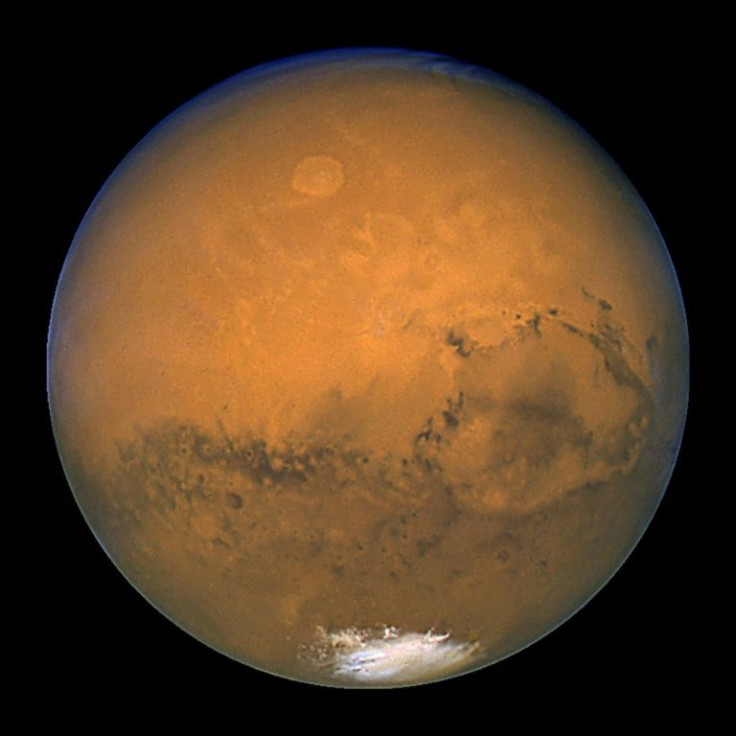The Mars Rush: China, UAE And The US Are Rocketing To The Red Planet This Summer

KEY POINTS
- The U.S., China and UAE are all headed for the Red Planet this summer
- Each nation has its own scientific goals for their Mars missions
- The missions will contribute to science and the understanding of Mars
Three nations are headed for Mars this summer, in what some may see as a space rivalry. Although the three are headed for the Red Planet, all the missions have different plans that can immensely contribute to science.
About every 26 months, the planets in the solar system are aligned in a favorable way for a fuel-efficient trip to Mars. This summer, the United States, China and the United Arab Emirates (UAE) are taking advantage of this window for their missions.
NASA's mission will take the Perseverance Rover to Mars to search for signs of past life and collect surface samples and accumulate them so that a future mission will be able to retrieve them later. So far, the rover's launch, which is already the fifth for NASA, is set for July 17 and the rover is expected to land months later on Feb. 18, 2021.
China's previous attempt to send a probe to Mars via a Russian spacecraft failed to go beyond the orbit and ended up in the Pacific Ocean.
Now, after its successful missions to the Moon, its eyes are now back on Mars with the Tianwen-1 mission set to launch also some time in July or August. Named after an ancient Chinese poem, "Heavenly Questions," the mission aims to fly an orbiter around the planet and release a rover to the surface. There, the rover will look for ice and water as well as study the planet's atmosphere.
As for the UAE, it is set to launch its Hope Mission or Emirati Mars Mission (EMM) on July 14 via a Japanese rocket. Once there, Hope will orbit Mars to study the dynamics of the Martian atmosphere and get a full picture of the planet's weather and climate throughout the day and year, something that is yet to be fully understood.
According to Air & Space Magazine, in a 2018 TED Talk, project manager Omran Sharaf noted the mission was meant to boost Arab region's young people's interest in science and engineering, thus showing them a direction apart from oil. He further noted Hope will not just do what others have already done, but is meant to make significant contributions to science.
Although many may see this as space rivalry, there are no conflicts or issues between these three missions. In fact, the UAE space agency even partnered with three NASA veterans from U.S. universities.
Therefore, the three missions' scientific goals will actually help further the general understanding of Mars and, in some ways, Earth.
© Copyright IBTimes 2025. All rights reserved.






















